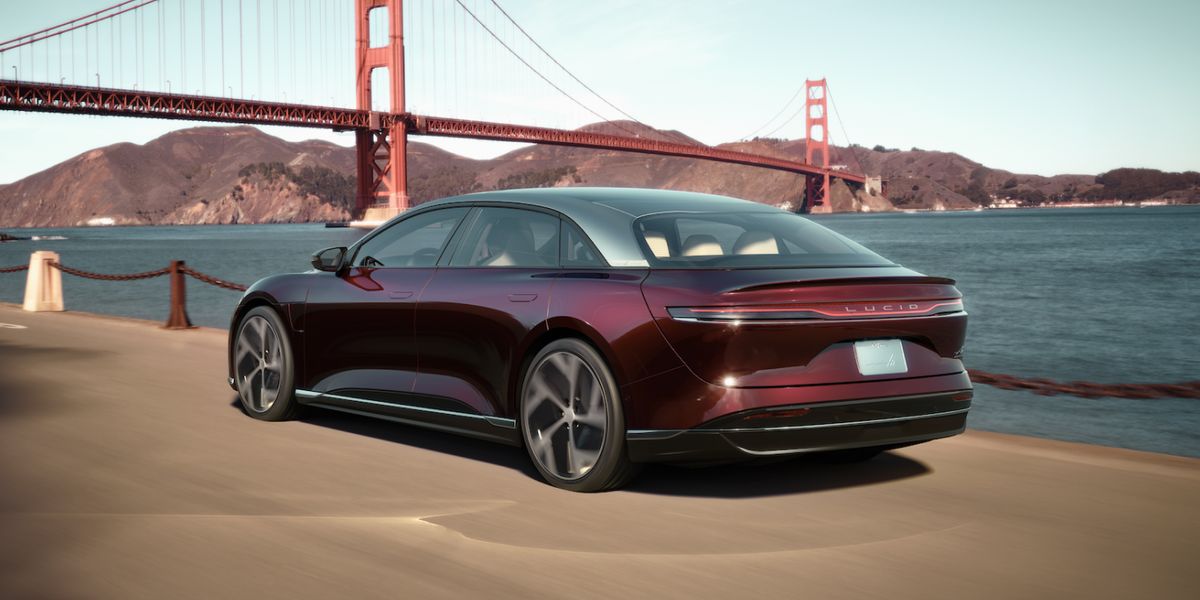So I finally got a chance to watch that rather long 43 minute video. Here are a few thoughts I had based on their observations:
* The windshield distortion was truly surprising to me. This was not just distortion in the canopy from above as was in my Tesla, this was field of vision distortion. Interestingly, he was greatly bothered by it and she never mentioned it. Although a different problem, my Jaguar I-Pace had an optional heated windshield. This caused an overall subtle ‘fogging’ that always bothered me. It also produced rainbows at certain sun angles. I would never go with a heated windshield again. Windshield issues can really detract from the driving experience.
So the question is, was this a one-off problem or do all the full canopies have it? It’s the first time I heard it mentioned. Is this because he was the only driver to see it? Is that because he was the perfect height to have the unfortunate luck to have it directly in his field of vision? Or is it because his tester was the only one with this optical distortion. I don’t think this is a minor point. My Lucid will have a conventional windshield, so it’s unlikely to be an issue for me, but others should not dismiss this.
* The mics used in this video were of higher quality (for voice) than most previous videos and I suspect they filtered out much of the ambient sounds. The rear seat noise that bothered Winter was apparently not picked up by the mics. It didn’t appear the mics had much of an upper frequency response either. Video is a hobby of mine so I tend to notice these things. If I judged noise solely by the noise picked up by the mics in this video, I wouldn’t be bothered. We shall see.
* Regardless of the previous drives their tester was subject to, was nobody surprised by the 1.9 miles/kWh? I was for sure. I didn’t think even aggressive driving would result in that poor an efficiency in the Lucid. That’s something I’ll watch out for in road tests in the future. I doubt it will be an issue, but this did strike me as surprising.
* The backseat foot issue won’t be a problem for me or my passengers, but it might for the large battery pack buyers. No surprises here, we knew this.
Otherwise the feedback was excellent. Even Winter’s comment that the Lucid did not give him a luxury car ride, was not concerning. He raved about it being a driver’s car which he absolutely loved. I wished he had gone into more detail about those comments, but I assume he meant the ride was not ‘pillowy soft’.
Unless I missed it what size wheels were on the car they drove? Did they ever look after questioning it?


